What If?
2 January 2017 | Inside Angama | Brent Molsberry
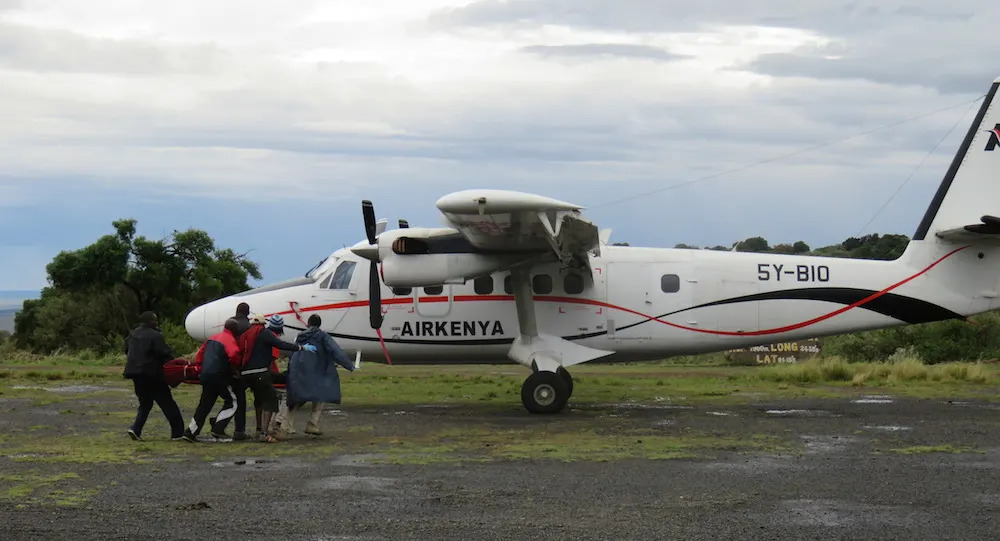
What if the worst could happen to our guests and staff? What if we weren’t prepared for this? At Angama Mara we don’t indulge in ‘what ifs’ – we just do. And do we certainly did. For five jam-packed days two expert instructors in Wilderness Medical Training came to our lodge to prepare 16 of our staff for the ‘What Ifs’ and this is their story.
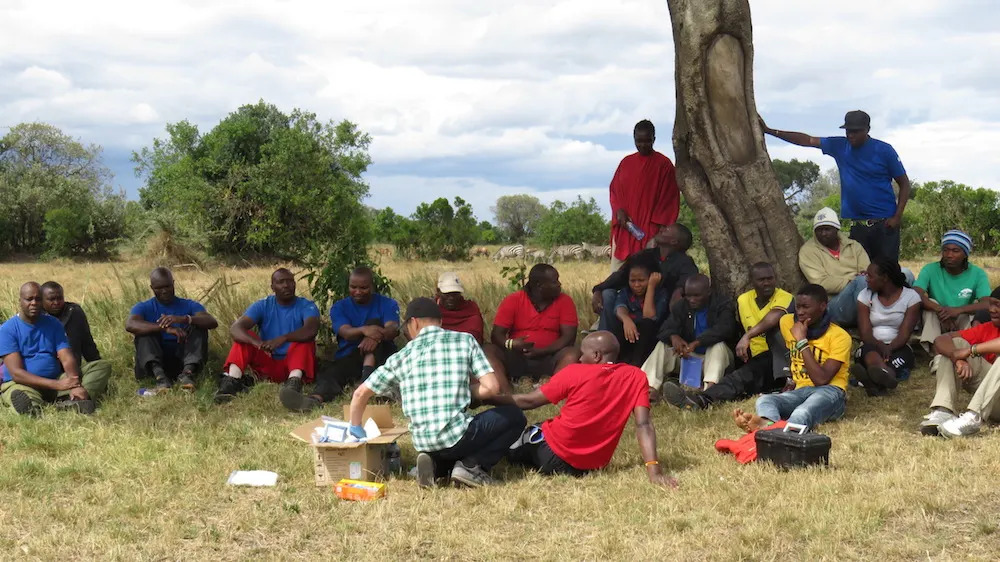
The vehicle had slammed into the tree leaving its six passengers with a multitude of injuries. Everything from arm fractures and head injuries, to seizures, and even psychological trauma. The responders approached the scene and rapidly assessed the situation to ensure it was safe. The patients were evaluated to find the most severe injuries, treatment was initiated, and the patients were transported to the airfield. The medevac plane could only transport two patients at a time, so tough decisions had to be made about which patients were the most critical and would get transport to Nairobi first. The less critical patients would have to be treated at the airfield for another 90 minutes until the plane could return. How would they continue to treat the patients? How would they protect them from the environment? All of these challenges had to be addressed.
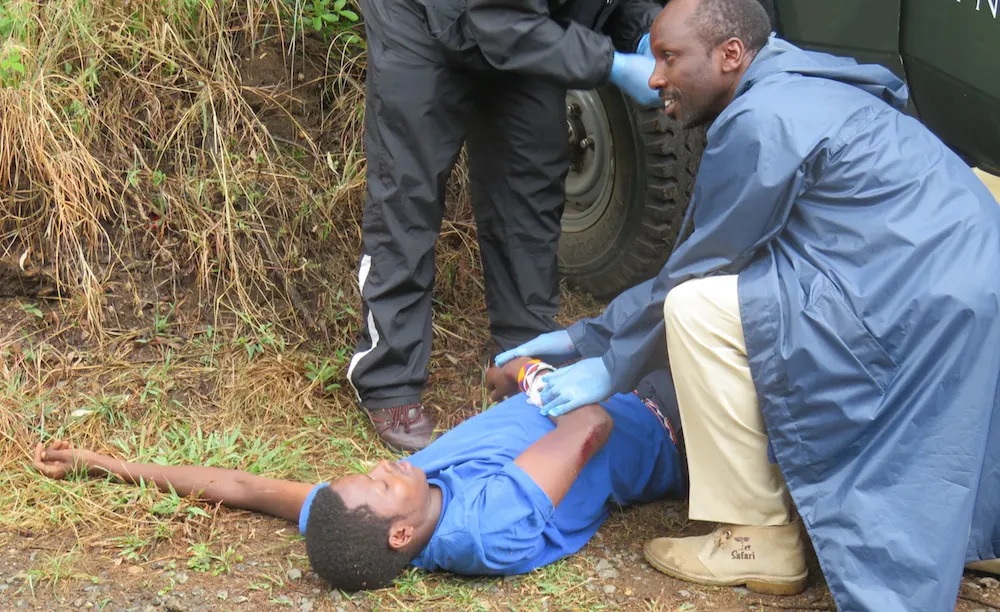
As the situation came to an end, the patients, who were actors, were released from backboards and their bandages removed. This scenario was the culmination of five days of intensive wilderness medical training that the class of 20 students had gone through. My co-instructor and I had traveled from Seattle, Washington to lead this Wilderness Medical Training for 16 Angama staff, and another four guides for the Growth International Volunteer Excursions (GIVE) organization from Tanzania.

Our goal with this class was to prepare the students to deal with any medical emergency that they could come across, and to do it with the limited resources that are available to them in the remote environments where they work, live, and play. To do this, the students spent 5 days learning everything from patient assessment and CPR, to wound management and splinting. The class utilized classroom lecture, textbooks, demonstrations, and numerous scenarios in order to ensure all learning styles were included and to optimize skill retention.

Angama Mara provided an ideal location for a class such as this. The students were eager to learn new skills that could help others. The surrounding area provided wonderful outdoor classrooms, and ample scenario locations. The wonderful Angama staff were ever ready to provide any assistance we needed to make the class a success. Whether that be the use of a truck for our scenarios, or volunteers to be patients that would get covered with fake blood.
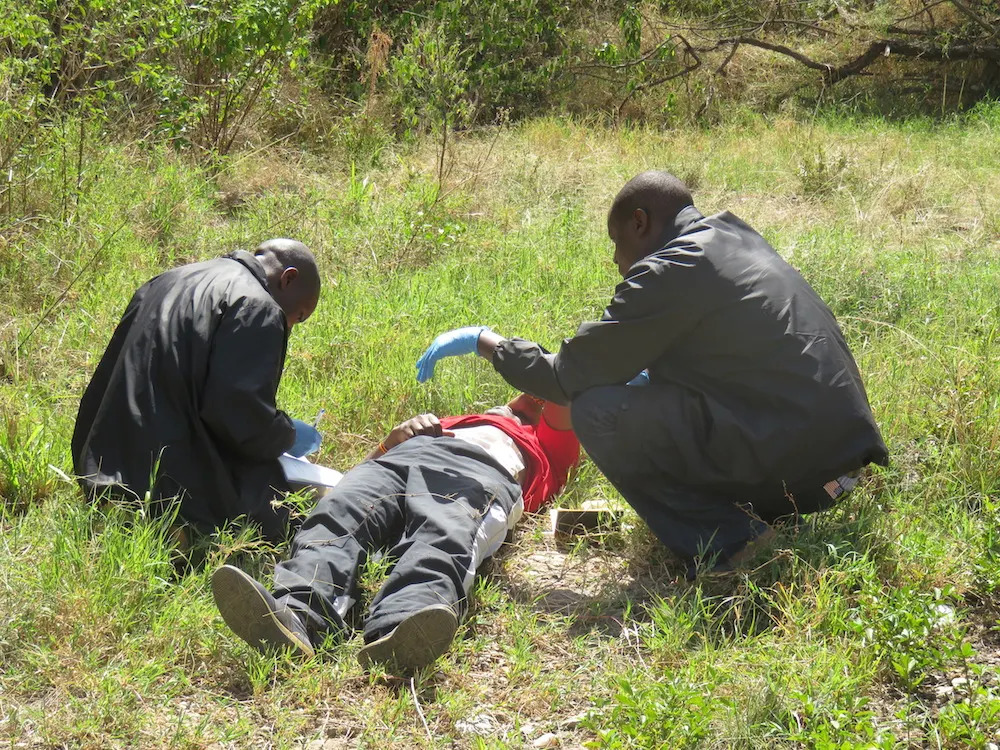
Angama Mara is an amazing lodge, with incredible staff that we feel fortunate to have met and befriended. We look forward to returning to Angama, and when we do, if the worst should happen, we know our students could treat any injury we may incur.
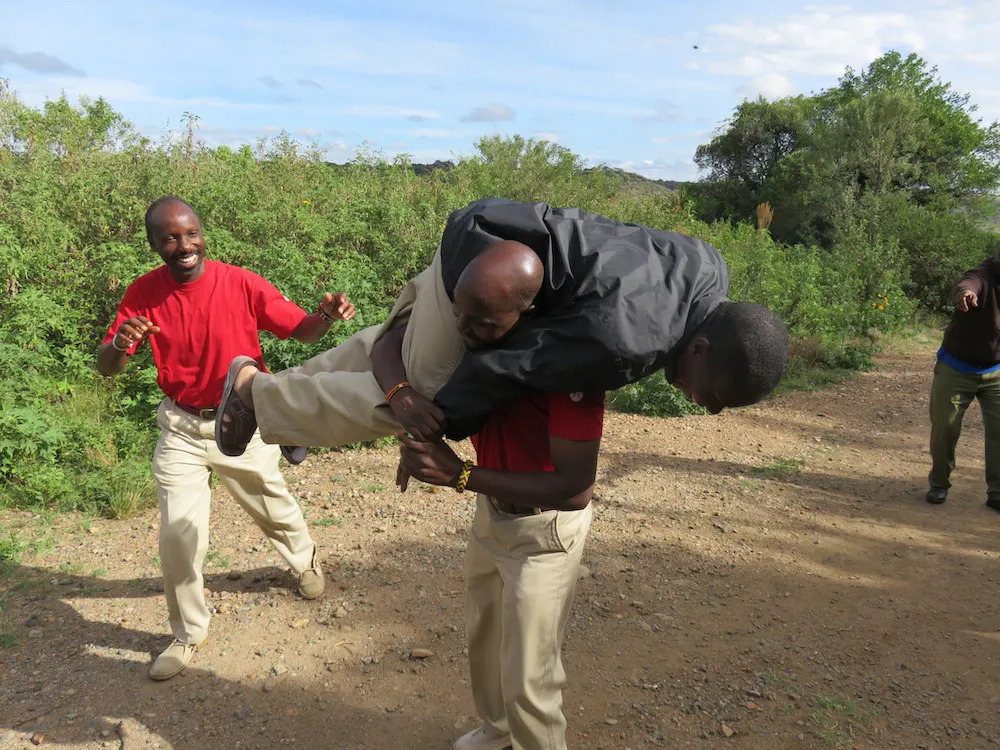
Note from the Editor: Angama Mara has recently been approved by our flying doctor service AMREF for night evacuation flights. We had to make many improvements to our strip and we are proud to be one of very few Mara airfields to have clearance for this. AMREF has trained our staff on how to light the runway and on all the protocols involved. I watched an AMREF plane take off from our strip at 10pm in pouring rain – it was amazing.
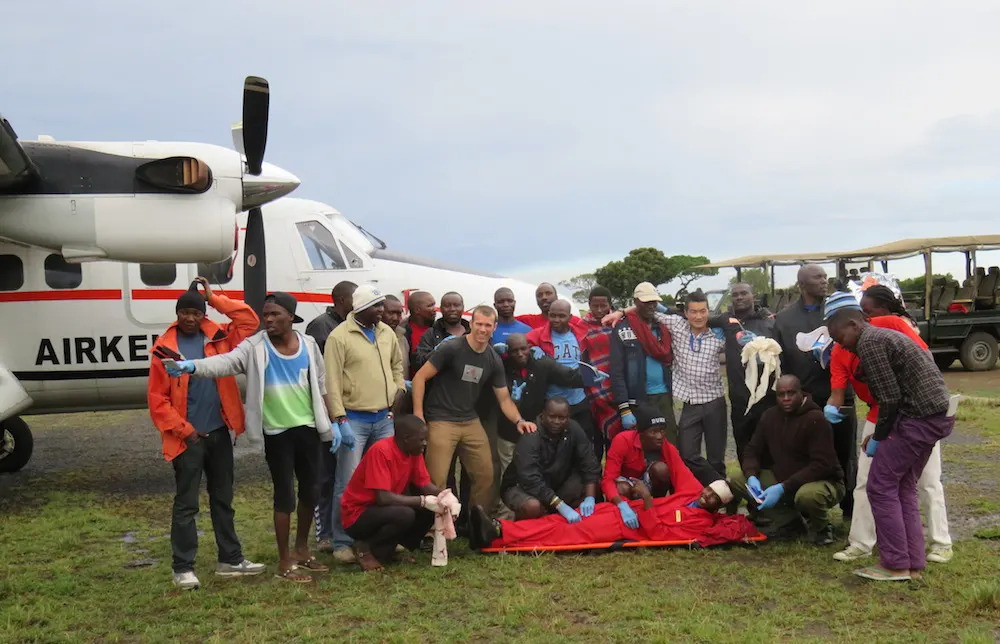
TAGGED WITH: Inside Angama, Maasai Mara, Angama Team, People, Team, Guest Delight, Medical Training, First Aid, Wilderness Training



COMMENTS (2)
Glenn Garson-Oltmanns
January 4, 2017Good to know that Angama is prepared!
REPLYNicky Fitzgerald
January 5, 2017The staff so enjoyed the training – especially the play acting where fake blood was involved. We censored those images needless to say 🙂
REPLY